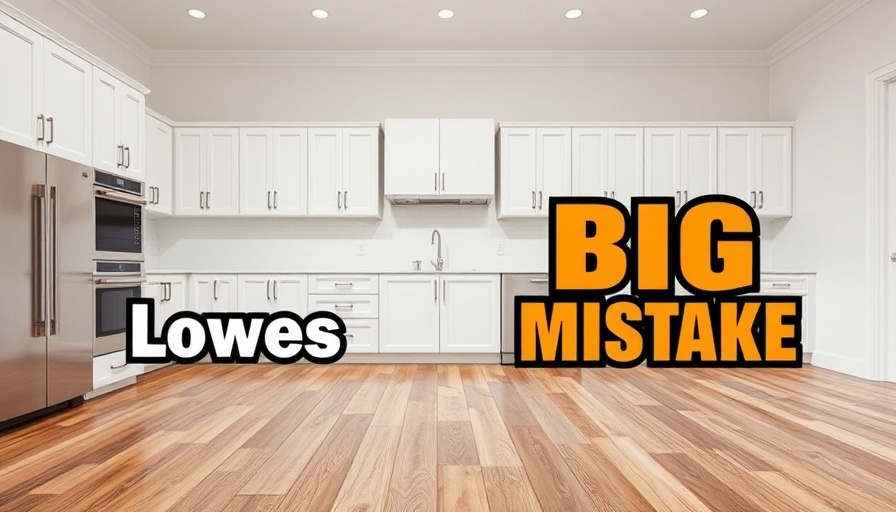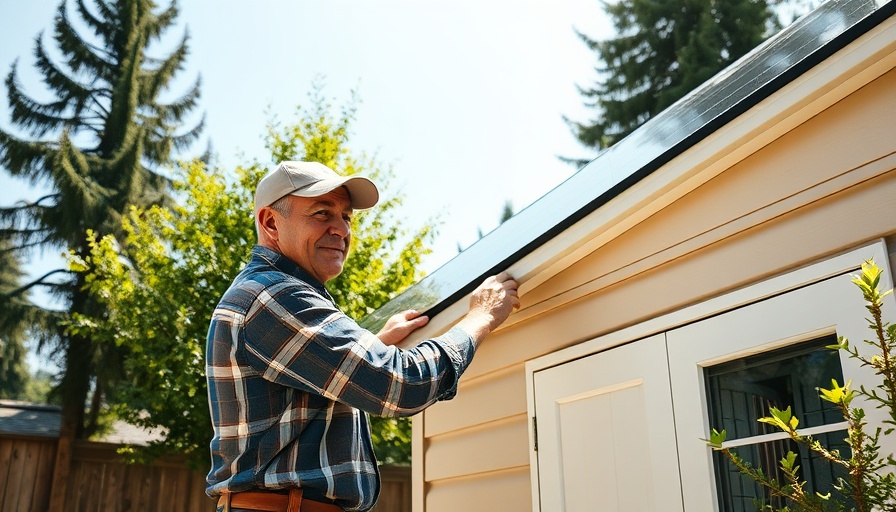
Why Backing Up Your Home Assistant is Crucial
For homeowners today, the convenience of smart home technology is hard to overstate. But what happens when those innovations fail? That's where having a solid backup strategy for your Home Assistant comes into play. The recent discussions around backup solutions emphasize a growing understanding of the necessity of safeguarding our digital environments.
In 'Automate Your Home Assistant Backups Like A Pro!', the video discusses a strategic approach to backup configurations, inspiring us to delve deeper into effective backup management.
Many people underestimate the risk associated with losing their smart home configurations, automation scenarios, and data accumulation. Imagine dedicating time to build a customizable and efficient smart home ecosystem, only to have it fall apart due to a sudden technical failure. By investing time in setting up backup systems today, you can take charge of your home's technology and ensure it remains functional even in emergencies.
Understanding the 3-2-1 Backup Rule
The 3-2-1 backup strategy is highly regarded among tech enthusiasts. It outlines that you should have three copies of your data on two different storage types, with one copy located offsite. This approach is particularly suited for Home Assistant users, who are encouraged to store at least three backups: one directly on their device, one on network-attached storage (NAS), and a third copy in a cloud service like Google Drive.
This system offers a balanced approach to protection. While some may find setting up multiple systems cumbersome initially, it pays off by providing peace of mind that your personal data and smart home configurations are safe. So, if you face unexpected hardware failure or a cyber incident, you can quickly restore your setup.
Step-by-Step Guide: Configuring Your Backups
Let’s delve into how you can practically implement this backup strategy. Here's a simplified breakdown of the steps involved:
- Access Your Dashboard: Go to your Home Assistant dashboard, navigate to 'Settings', and select 'System' followed by 'Backups.'
- Setup Schedule: Utilize the backup setup wizard to determine your backup frequency; daily backups are often recommended given the dynamic nature of smart home data.
- Select Storage Locations: Choose both local and network options. For local storage, ensure you have an ample drive or NAS setup. For network storage, you’ll need to set up a share on your NAS where backups can be safeguarded.
- Implement Cloud Backup: Consider linking your Google Drive account as your offsite location for additional security.
- Regularly Test Your Backups: To avoid future heartaches, establish a routine to test your backups and ensure they restore correctly.
Exploring Offsite Backup Options
Cloud backups are a simple yet effective third pillar of the 3-2-1 strategy. Google Drive, OneDrive, and other services offer free storage options that can safeguard millions of bytes of data. By storing a backup offsite, you add another layer of security for your smart home configurations, ensuring they persist even in severe local failures.
However, remember to comply with best practices: enable encryption and securely store your credentials in your password manager to prevent unauthorized access to your data.
Common Missteps & Key Takeaways
Even the best plans can falter if common pitfalls are overlooked. For instance, neglecting to test your backups can lead to frustration when it matters most. Many users also forget to account for new add-ons or modifications they make to their Home Assistant setup, which can prevent crucial configurations from being backed up.
Ultimately, exercising caution and diligence in establishing and maintaining your backup system is paramount. By adhering to the 3-2-1 rule and actively managing your configurations, you’ll ensure your smart home remains a valuable asset.
Concluding Thoughts: Take Action!
Automating your Home Assistant backups like a pro not only enhances your living space but preserves your investment in smart technology. As technology evolves in your life, creating a sound backup strategy is a proactive step toward mitigating risks and securing your automation dreams.
Don't wait for a system failure to kickstart your backup protocol. Take charge today by setting up your backups—your future self will thank you!
 Add Row
Add Row  Add
Add 




Write A Comment